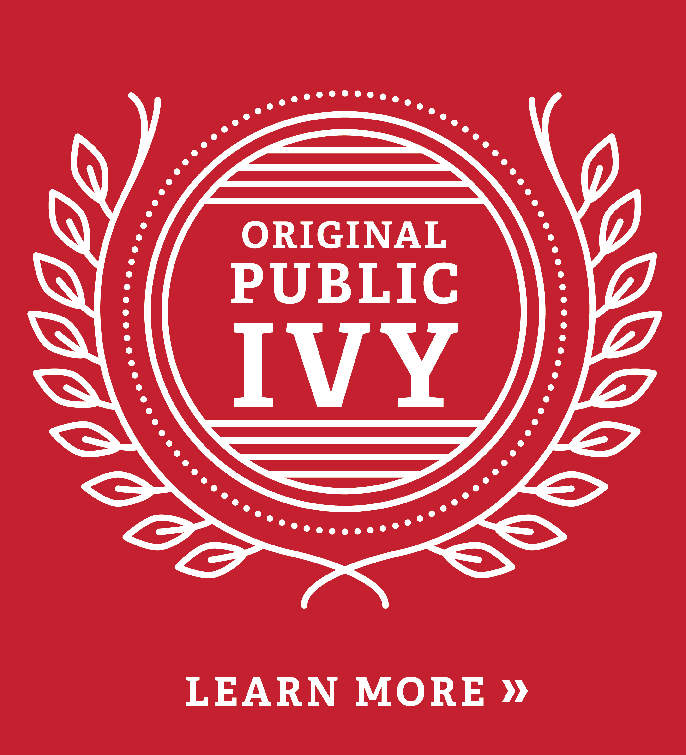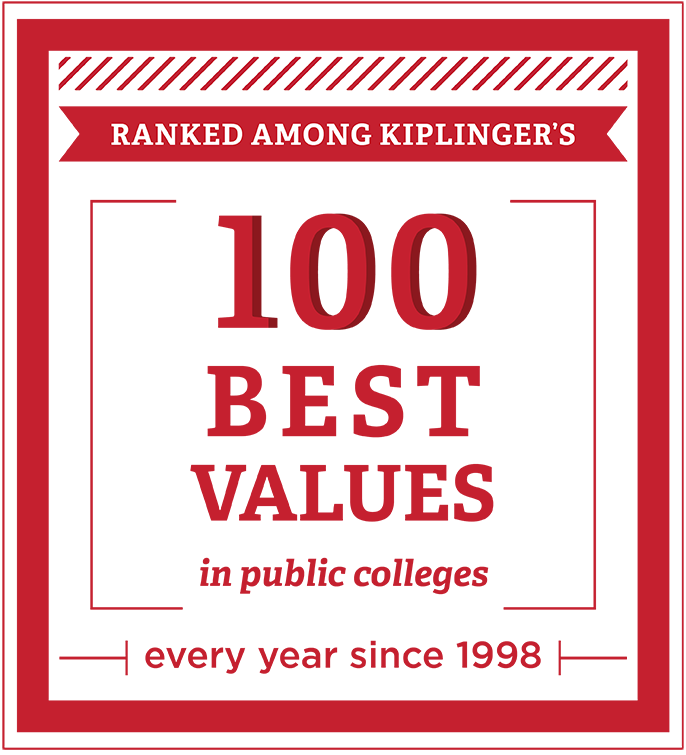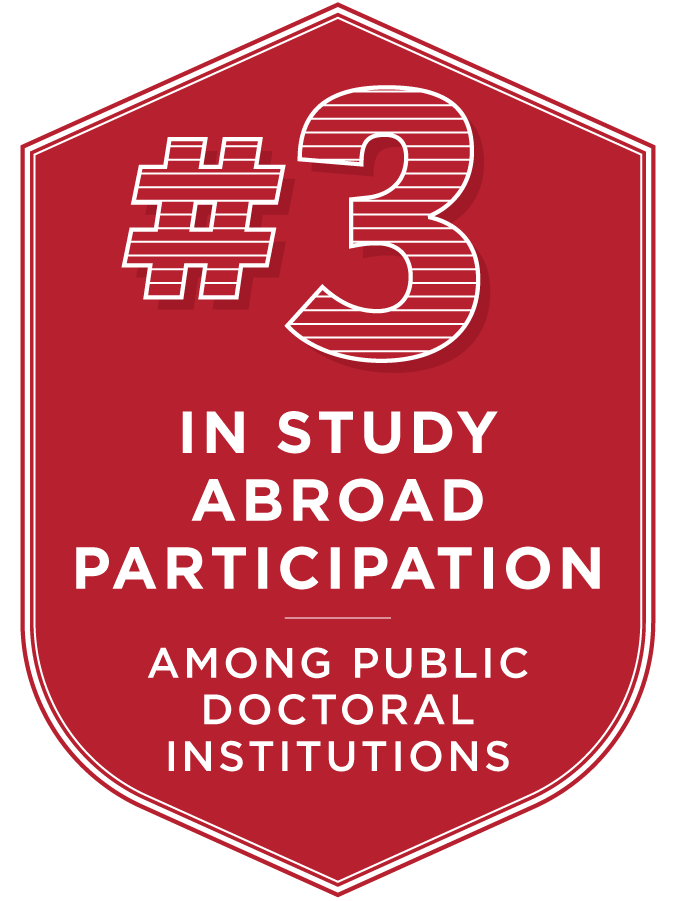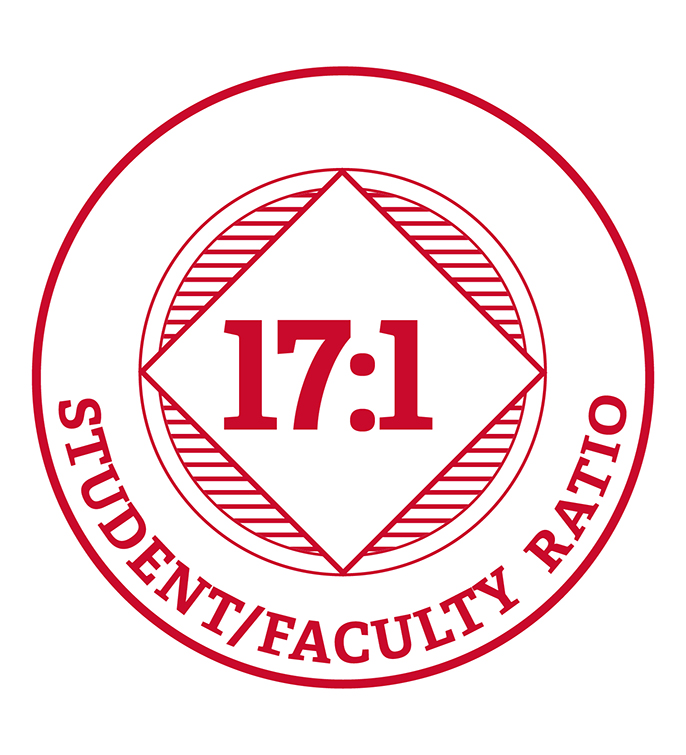Annual Address 2011
David C. Hodge
September 29, 2011
This alignment of our core values and entrepreneurial thinking can effectively extend to the university itself, providing us with the opportunity to re-enforce our core values, to better accomplish our mission, and to advance our success. We can gain greatly, I believe, from creating a culture of entrepreneurial thinking for the university as an institution. In their book, Thorp and Goldstein lay out core qualities that they believe distinguish an entrepreneurial university, that is, a university steeped in the culture of entrepreneurial thinking. Again, these qualities align beautifully with many of the institutional values that we hold dear. While Thorp and Goldstein are focused especially on large research universities, the core concepts are readily adaptable to the evolving culture at Miami. I would like to briefly explore four key qualities of the entrepreneurial university as they relate to us.
- It [the entrepreneurial university] recognizes that liberal arts education has fueled American innovation. What an appropriate place to begin! If "entrepreneurs innovate," as Peter Drucker proclaimed, then the foundations of entrepreneurial thinking should be an education that stimulates the broadest possible creativity. The ability to think critically and creatively, to communicate effectively, understanding that communication and thinking are wrapped around each other, and to emphasize breadth of learning all contribute to an innovative mindset. The Miami Plan is built on the notion that breadth is more than simply "learning about" a range of disciplines, as important as that might be. The Miami Plan focuses on giving students the opportunity to "see the world" through different ways of thinking. What better way to encourage "out of the box" ideas and true creativity?
In a liberal arts education, and most certainly at Miami, we push our students to move out of their comfort zone. We encourage them to study abroad or in different contexts so that they can better understand alternative ways of viewing the world, as well as themselves. A liberal arts education encourages ethical behavior and civic knowledge and participation. While those may not traditionally be considered hallmarks of the entrepreneurial thinking per se, they are vital to developing individuals who will impact society in a positive manner.
It is not only a matter of what we teach, but also how we teach. At Miami, we stress a liberal arts education through engaged learning, a learning environment that puts a premium on actively “doing,” creating, and inventing. It is an approach that values the pursuit of discovery and creativity. We live in a world increasingly characterized as having no boundaries—no limits on how students can pursue knowledge, understanding, and new ideas. An engaged liberal arts education is the very best foundation for entrepreneurial thinking. - It thrives on big problems. Thorp and Goldstein argue that focusing on big problems will involve the entire community, align with core values and ideas about the nature of the university, and better connect the university with the world outside the university. Although they may be thinking of this point through the lens of large research universities, this quality is no less important for a university like Miami, with an accomplished faculty who are well-connected to each other and other scholars throughout the world.
While we clearly want to tackle "big problems," that phrase is unnecessarily limiting and negative. What we want to tackle are "significant issues" whether it be in the form of creative invention, advancing a sustainable economy, unlocking biological secrets that yield a better understanding of childhood diseases, or tackling the challenges of an aging population. To cite a recent specific example, Zoology professor Tom Crist is a co-author with 15 other scientists around the world on an article on biodiversity in different habitats that is highlighted on the cover of the current issue of Science. Tackling these big interdisciplinary issues aligns with our core values and our mission as a public university dedicated to expanding knowledge for a better future for our students and our world.
By focusing on larger issues, we also underscore the need for interdisciplinarity. The issues are too complex and multi-faceted to be adequately advanced without teams of people from different perspectives working together. The challenge is to create an environment in which interdisciplinarity is not only workable, but also highly desirable. We have recently received a report from the Interdisciplinary Enhancement Committee that addresses both of these issues. The committee lays out a number of specific actions to be taken that will make it easier for interdisciplinary endeavors to be launched and sustained. Just as importantly, they note that "The main charge of the [Institute of Interdisciplinary Initiatives] would be the development of a CULTURE (sic) of interdisciplinarity...." The committee recognizes that treating interdisciplinary initiatives as separate activities simply will not create the level of change needed to take on big issues.







